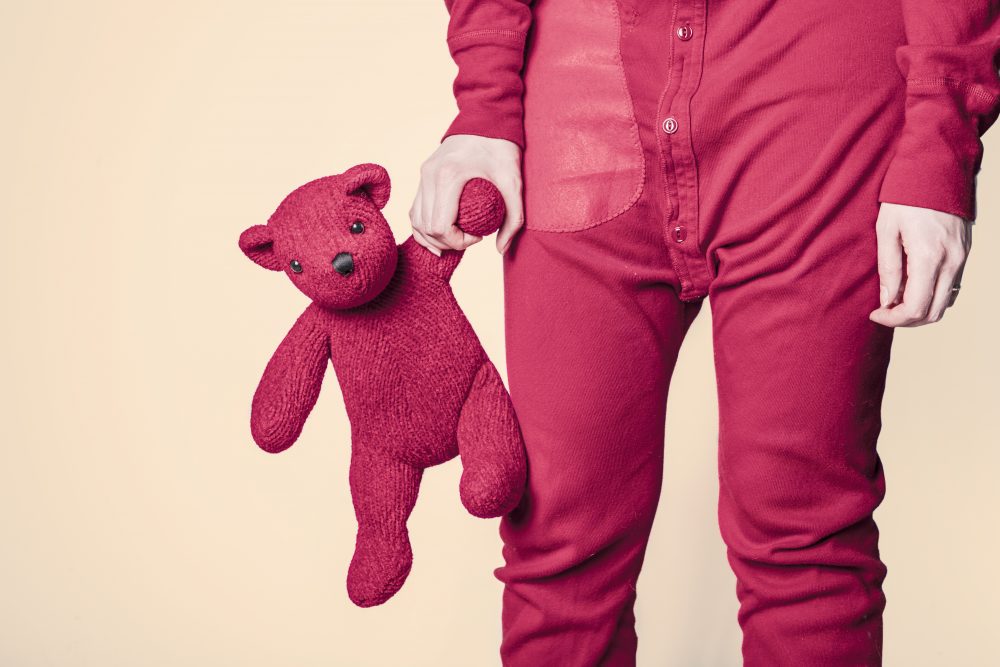
I wonder what you think when you see someone with a cast on? Do you think, poor them, they’re obviously hurting? Or do you think they’re putting it on for sympathy?
And what about someone who’s coughing and sneezing? Do you think they’re doing it to attract attention, or because they have a cold?
Now consider what you think when you see the tell-tale scars of self-harm making plain the pain the days and weeks gone by.
Do you ask what could have driven them to harm themselves?
Or do you brush them off as attention-seeking?
Attention-seeking is strange concept; we apply it to toddlers having tantrums, celebrities flaunting their latest selfie and increasingly, we see it applied to those who struggle with self-harm.
And yet for the most part, self-harm is a secret act. It’s something done in the silence of night or the privacy of a bedroom, it’s a way to make sense of hearts and minds in chaos. It’s a futile attempt to balance the outward appearance with the inner pain.
Admittedly many are far more public than I was with their battle; whether it be for respect or seeking understanding, one of the most common conversations I have when I’m running self harm training is why young people in particular feel the need to be so public about their self-harm, why they do it to ‘seek attention’?
In response, I would argue that if our young people can think of no other way to communicate their pain to us, we’re not doing our job well enough. Surely our youth work must enable young people to express creatively what their going through without turning on themselves? It must seek out ways for people to understand and express their deepest emotions.
Self-harm is not a pleasure seeking exercise, it’s the desire to be seen and be heard when we’re hurting. And on one level or another, we’ve probably all done it. We might drink a little more to prove that we’re struggling with that break up, or perhaps we’ll make sure that we aren’t hiding the tracks of our tears, just so that someone will ask us what’s wrong. It’s not attention-seeking, it’s a very real need to be noticed and heard which drives us to make pain public.
But more than that, calling self-harm attention-seeking indicates that people who self-harm aren’t worth our attention, it seems to say that their self-harm is drawing us away from other, more important pursuits.
And yet what can be more important than hearing the cries of young people, and responding with compassion and understanding?
Young people need our attention, they need our presence and our listening ears.
They need us to tell them that they are not alone and that they will get through this.
Self-harm is not done to be attention-seeking, but young people who self-harm deserve our attention.
Rachael Newham is the Founding Director of ThinkTwice and can usually be found writing words and drinking coffee.
Follow her on @RachaelNewham90 @ThinkTwiceInfo